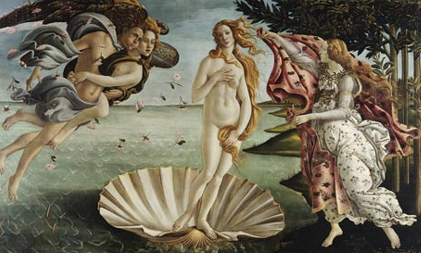The first of a series exploring the use of shorelines in art, looking at the way painters convey the littoral truth.
IN 1867 the painter Eugene Boudin travelled from Brittany to one of his favourite seaside resorts, Trou-ville, a few miles south of Le Havre on the Channel coast. 'Should I confess it?' he wrote to a friend. 'This beach at Trouville, which used to be my delight, now, since my return, seems like a frightful masquerade. One would have to be a genius to make something of this lot of do-nothing posers. When you've just spent a month among people devoted to the rough work of the fields, to black bread and water, and then you see again this bunch of gilded parasites who have so triumphant an air, it strikes you as pitiable and you feel a certain shame in painting such idle laziness.'
Boudin's sense of disappointment has become a commonplace of twentieth-century experience. Most people have, at one time or another, travelled expectantly to a wished-for seaside paradise to find it spoiled by the presence of others. Going to the beach, there is still a sense in which - though we know it will not be so - we dream of that perfect, unpeopled strip of white sand, bordering blue and unbroken waves.
Beaches are places where people make encampments, set boundaries with towel or deckchair or parasol, maintaining the illusion of solitude. Rosemary Hoyt, walking along a stretch of the Riviera near Cannes in Tender is the Night, observes that 'obviously each family possessed the strip of sand immediately in front of its umbrella'. People don't just go to the seaside for a tan. On the beach, they stake claim to a small slice of Utopia, lie back and try to pretend there...

Traces in the Sand
01-08-1989

